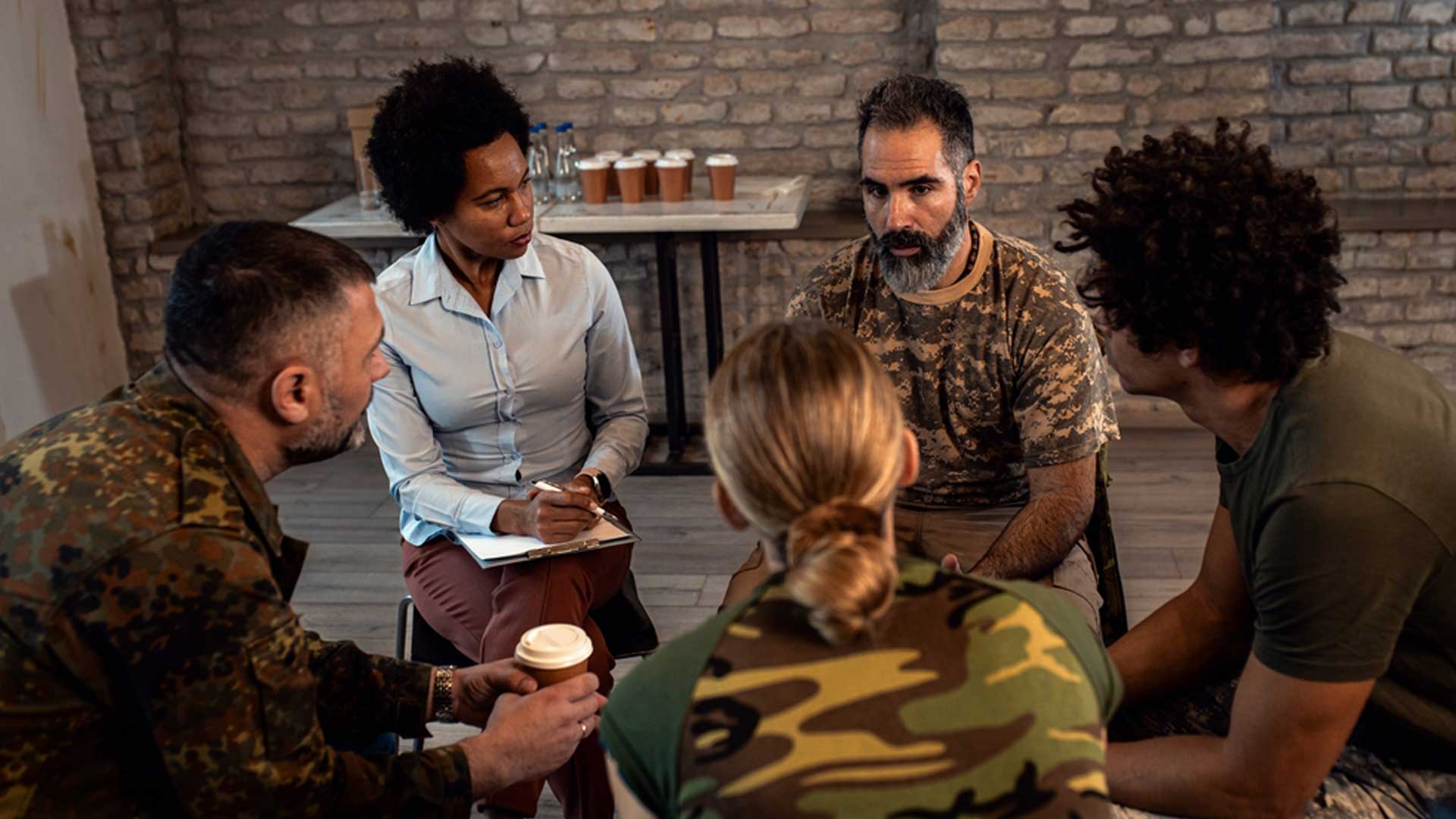Triggers are not always obvious. For veterans recovering from addiction or emotional trauma, even the smallest events—a loud noise, a crowded room, a moment of silence—can become overwhelming. These reactions are rooted not in weakness but in the body’s learned survival patterns. And in the context of recovery, understanding these patterns is just the beginning.
It’s one thing to stop using a substance. It’s another to navigate the moments that tempt a return to old habits. That’s where coping tools become essential—not as abstract strategies, but as practical, daily lifelines. Recovery isn’t about white-knuckling through temptation; it’s about having the right tools in place to manage distress, reframe thinking, and stay grounded.
Veterans face a unique set of challenges in this realm. Years of high-intensity environments, emotional suppression, and conditioned responses often leave them with a narrow window for emotional regulation. But there’s good news: coping can be learned. Recovery is not just possible—it’s adaptable.
The Anatomy of a Trigger
A trigger is more than just a memory. It’s a sensory or emotional cue that activates a stress response tied to a past event. For veterans, this can involve:
- Sudden changes in environment
- Sounds resembling gunfire or explosions
- Authority figures or uniforms
- Sleep disruption
- Interpersonal conflict
- Feelings of being trapped or powerless
These experiences often mirror service-related stressors. While not every veteran develops substance dependency in response, many turn to drugs or alcohol to dull the emotional spikes these moments create. During veteran drug & alcohol treatment, identifying these triggers is the first step. But identification alone isn’t enough—strategies are what sustain recovery.
Grounding Over Grit
Veterans are taught to push through pain. Grit and endurance are valued traits in the field. However, those same traits can become liabilities during recovery if they lead to emotional avoidance.
Rather than resisting triggers, many treatment professionals recommend grounding techniques—methods that anchor the individual in the present and reduce the physiological response to stress.
Some common grounding tools include:
- The 5-4-3-2-1 sensory method (naming 5 things you see, 4 you feel, 3 you hear, 2 you smell, 1 you taste)
- Cold water on the wrists or face
- Steady breathing exercises (like box breathing)
- Naming emotions out loud to reduce their intensity
These techniques are simple but effective in helping veterans interrupt automatic responses that lead to relapse or emotional spirals.
Creating a Personalized Coping Toolkit
What works for one person may not work for another. That’s why veterans in recovery are encouraged to build a custom coping toolkit—a set of physical and mental practices tailored to their own triggers, habits, and preferences.
A typical toolkit might include:
- A small journal for emotional tracking
- A playlist of calming or motivational music
- Photos or reminders of personal goals
- A go-to contact for peer support
- A list of personal “green zones” (safe spaces or routines)
Veteran rehab programs often guide participants through this process. The goal is not just to plan for a crisis—but to prevent one by staying one step ahead of the emotional tide.
Movement and Regulation
Physical activity is not just about fitness. For veterans, it’s also a regulation tool. Exercise helps modulate stress hormones, improve mood, and restore a sense of physical control. It doesn’t have to be intense—walking, stretching, swimming, or yoga all support recovery by engaging the body in non-destructive ways.
Movement also creates routine, another critical stabilizer for those in early recovery. Having a morning or evening ritual centered around physical wellness gives the day structure and helps ease the anxiety of open time—often a high-risk period for those leaving veteran detox programs.
Reframing Internal Dialogue
Many veterans carry an inner voice shaped by years of command structures and high-pressure performance. This voice can become critical, rigid, or self-defeating during moments of weakness.
Coping involves learning to reframe that dialogue. Instead of “I shouldn’t feel this way,” recovery encourages thoughts like:
- “This feeling is temporary.”
- “I’ve survived worse.”
- “I can pause and choose my next move.”
This kind of mental reprogramming is not about ignoring reality—it’s about creating space between emotion and reaction. Cognitive behavioral strategies introduced in veteran rehab environments are especially effective in helping veterans challenge and change these narratives over time.
Setting Boundaries Without Isolation
Not every environment is safe during recovery. Some social settings, conversations, or relationships may be too triggering to navigate early on. But avoiding everything can lead to isolation—a known risk factor for relapse.
Instead, veterans are encouraged to set boundaries. This might include:
- Declining invitations that could lead to temptation
- Limiting contact with people tied to past substance use
- Saying “no” without justification
- Planning an exit strategy for triggering environments
Learning to protect peace without severing connection is one of the most difficult, yet rewarding, skills in recovery.
Veterans Supporting Veterans
Coping also means knowing when to lean on someone else. Peer support plays an essential role in sustainable recovery. It offers not only accountability but also insight from someone who understands the nuance of military life.
Programs that offer veteran-specific group sessions or alumni mentorship create a sense of community that reduces the shame and secrecy around triggers. In these spaces, vulnerability is met not with judgment—but with recognition.
Brands like Fortitude Recovery understand the impact of shared experience in this journey. While no two stories are the same, the shared commitment to healing often brings veterans together in ways that formal therapy alone cannot.
Daily Maintenance, Not Crisis Response
One of the most empowering shifts in recovery is moving from reaction to preparation. Coping tools should not only emerge in emergencies—they should be woven into daily life.
Veterans in recovery benefit from setting daily intentions, reviewing their coping strategies, and reflecting on what’s working. A short journal entry or evening check-in with a trusted peer can make a significant difference in emotional balance.
Recovery isn’t just staying clean. It’s maintaining alignment—emotionally, mentally, and spiritually—through the ups and downs of daily life.
Final Reflection: Tools Are Strength, Not Crutches
It’s tempting to view coping strategies as signs of fragility. But in truth, they are marks of maturity and adaptability. Learning to manage triggers, to stay present, and to reach for help is a display of strength—not a surrender.
For veterans who’ve navigated the intensity of service, these new tools may feel foreign at first. But with time and practice, they become second nature. Just as tactics are drilled into muscle memory in training, recovery tools become part of a new kind of readiness—the readiness to live fully, without self-destruction.









